Spotted Sea Trout Regulation Change
Tuesday, August 13th, 2019This is Passport to Texas
Their abundance, eagerness to hit natural and artificial baits, and their flavor when cooked make the spotted sea trout popular with coastal anglers like Charles O’Neal.
I am just a guy married to a good woman who allows me to fish 150 plus days a year.
We caught up with Charles in February of this year at a public meeting about changes to fishing regulations for spotted seatrout.
I am a passionate spotted seatrout guy. I fish from Brownsville to Alabama.
Texas Parks and Wildlife proposed a new regulation to change the bag limit in Galveston Bay and Sabine Lake on the upper coast from 10 fish a day to five—as it is in all other bay systems. During that meeting Charles and other anglers made their feelings known to TPW and to the commissioners who made the final decision.
I think after many, many hours of research that this data does not support the reduction.
After careful review, the commission thought differently. But, Charles O’Neal remains a fan.
More recreational anglers need to come to meetings, stand-up, participate in surveys. And go to the public meeting and get involved with TPWD. They’re not bad people. They give me every piece of information I ask for.
Learn how we regulate and raise spotted sea trout and get a great recipe for it on our podcast Under the Texas Sky; wherever you get your podcasts.
The Sport Fish Restoration Program supports our Series.
For Texas Parks and Wildlife…I’m Cecilia Nasti.
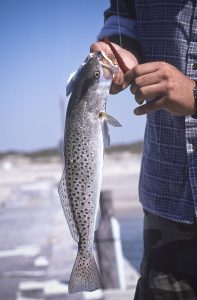

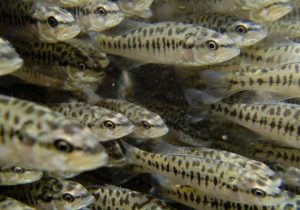
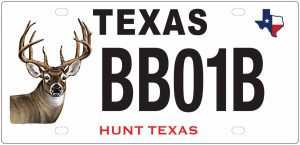
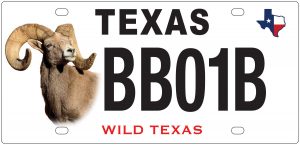
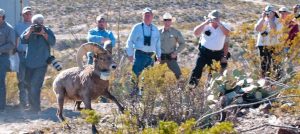

 Passport to Texas is a
Passport to Texas is a  Passport to Texas is made available by:
Passport to Texas is made available by: